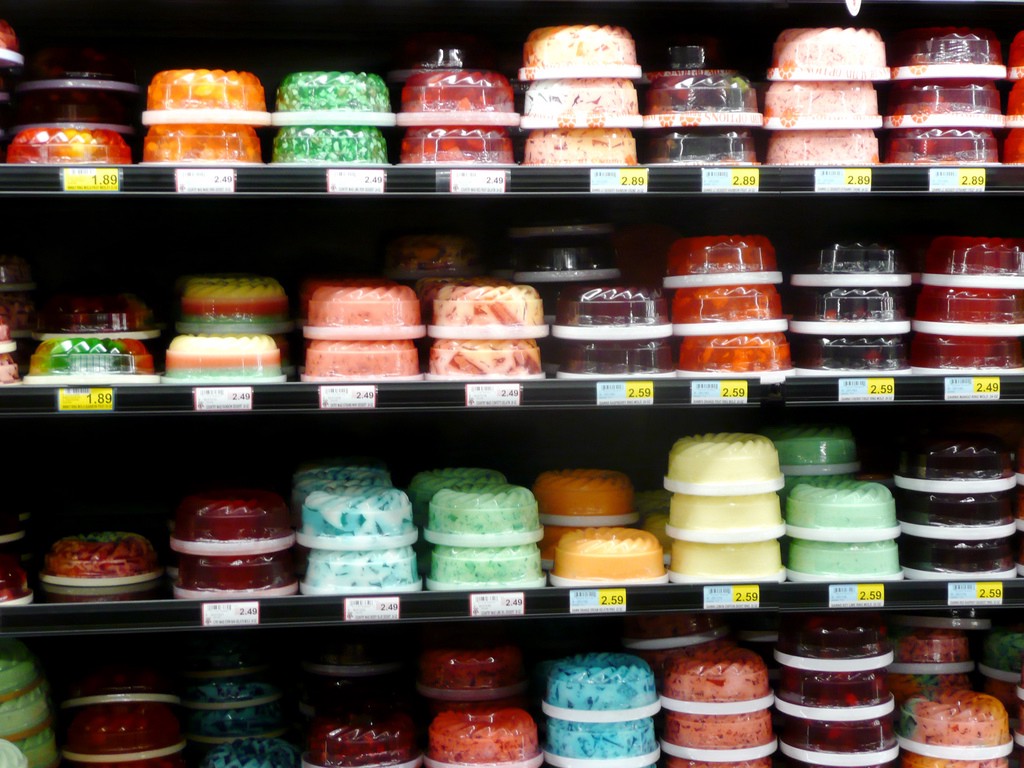It's Not a Desert When the Oasis Can Be Brought to You

Here’s what seems like a weird thing happening in certain parts of Brooklyn that will feel familiar to people who live in prospering large or even mid-sized cities:
[F]ood culture in Brooklyn blossomed, and the new food options reflect the increased demand for all things organic and artisanal. The paradox is that this bounty is mostly unavailable in lower-income neighborhoods, where inexpensive options have been driven out. Since 2006, two large, affordable supermarkets on Myrtle Avenue have closed, replaced by apartments; smaller and often more expensive specialty food stores have moved in to fill the void, although there are plans for a Key Food to open in one of the buildings. The situation will soon become even more difficult. In February, Slate Property Group announced plans to close the Key Food at Lafayette Avenue and Grand Avenue in Clinton Hill. It, too, will be razed for residential development.
One might expect that the arrival of humans flush enough to inhabit the stacks of well-appointed domiciles going up in these neighborhoods would herald the development and construction of new grocery stores, at last bringing this “bounty” to their doorstops. And it might. But these humans are, by and large, a new species of gentrifier:
These residents live on a different grid than their new neighbors, one that is now invisibly overlaid over certain large urban centers (but not yet over the suburbs). They have their own transportation system; they summon cars in minutes, which will take them everywhere for a price that is objectively high but subjectively low. They receive food in a similar way, freshly prepared and delivered in a bag, or gathered from a warehouse and delivered in a box. Shopping is a silent and stationary activity. The goods come to the shopper, even furniture, not the other way around.
Much of the consumer infrastructure required to serve these people in their new neighborhoods can now be constructed in such a way that it is wholly inaccessible to the local residents who have not yet been displaced without being physically separate; the kinds of (in)efficiencies generated by the app economy allow money to do this perfectly well on its own. One result of this is that that the supposed benefits for local residents that are normally ascribed to the process of gentrification — which serve in part to lend a social weight to the economic machinations that have displaced their neighbors — are more attenuated and less assured than ever.
Consider the experience of one neighborhood resident interviewed by the Times, which would be wholly alien to any one who has moved, or will relocate to, a glass box that hovers above one of these food deserts:
At the beginning of each month, Ms. Mann stocks her pantry at the Western Beef supermarket on Empire Boulevard, more than three miles from her apartment. She then buys fresh produce twice each week at the Pathmark at the Atlantic Center, a mile and a half away. Because she buys so much, she said, she needs to take a cab. All told, she estimates that she spends close to $200 each month just getting to the supermarket to buy food for herself and her four children. “You have to go out of the neighborhood to get anything,” Ms. Mann said as she unloaded nearly two dozen food-filled plastic bags from a cab’s trunk. “It’s tough, but we work with what we’ve got.”
It’s hard to avoid imagining one of her new neighbors casually (and helpfully!) mentioning, “Have you heard of Instacart? It’s an app that just goes to the store for you. Changed my life. Now I never have to leave my Slack. The first delivery over ten bucks is like free, man. Here’s my referral code!”
Photo by Heather M
